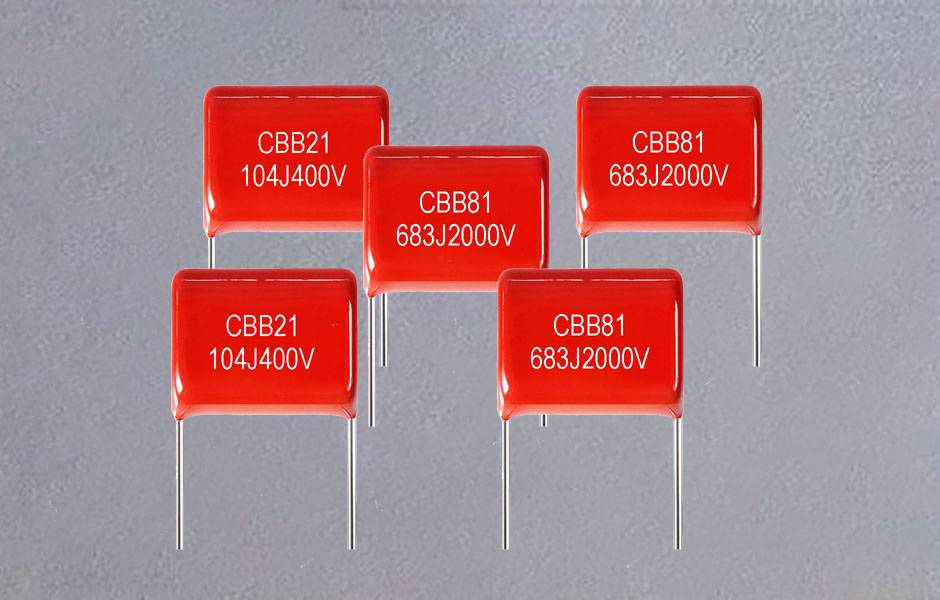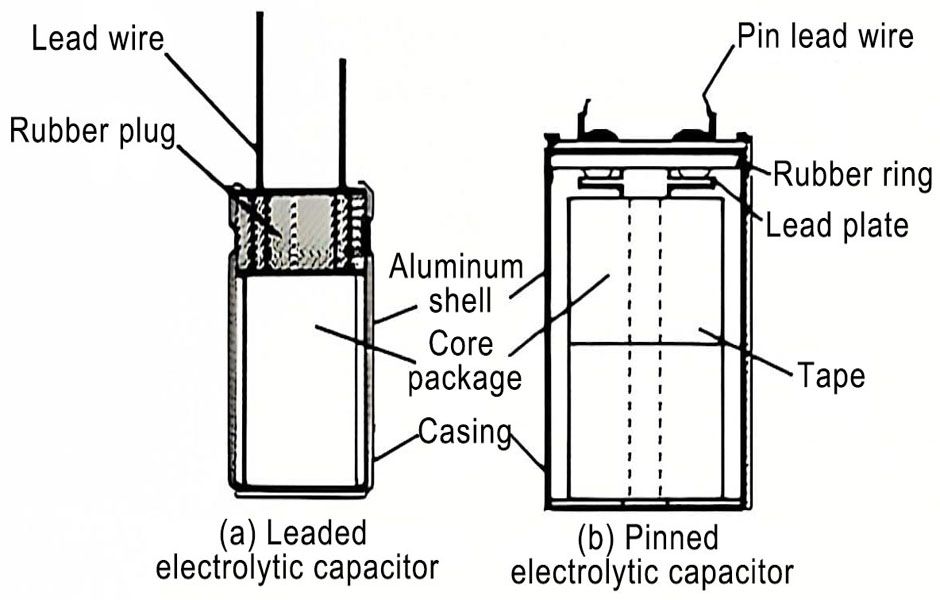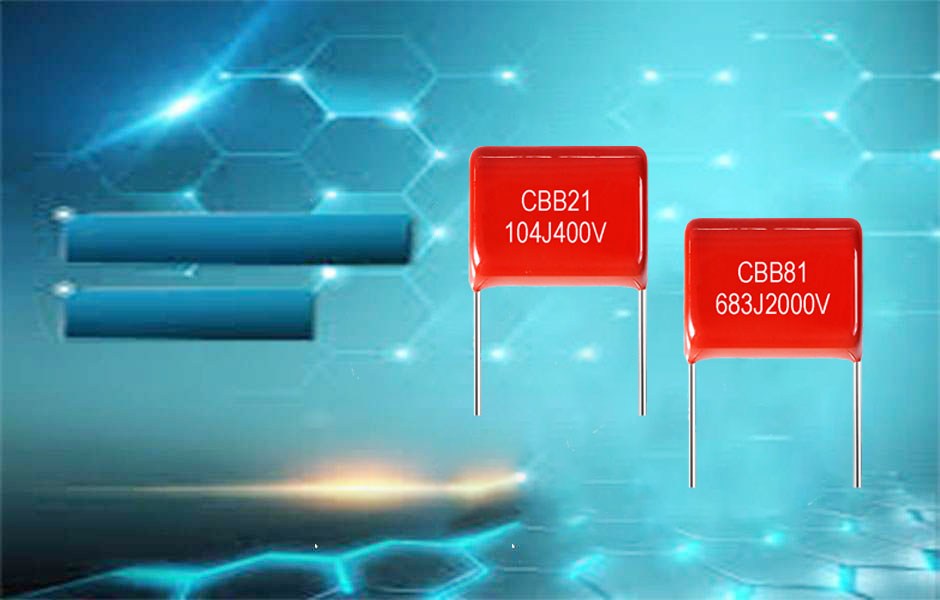The detection of capacitors is mainly divided into three categories: the detection of fixed capacitors, the detection of electrolytic capacitors, and the detection of variable capacitors. The following describes the detection of electrolytic capacitors.
- the detection of electrolytic capacitors
- Because the capacity of electrolytic capacitors is much larger than that of general fixed capacitors, when measuring, the appropriate range should be selected for different capacities. According to experience, under normal circumstances, the capacitance between 1 ~ 47μF can be measured with R × 1k block, and the capacitance greater than 47μF can be measured with R × 100 block.
- Connect the red lead of the multimeter to the negative pole and the black lead to the positive pole. At the moment of contact, the pointer of the multimeter deflects to the right by a larger deflection (for the same electrical block, the larger the capacity, the larger the swing amplitude), and then gradually to the left Turn around until it stops at a certain position. The resistance at this time is the forward leakage resistance of the electrolytic capacitor, which is slightly larger than the reverse leakage resistance. Practical experience shows that the leakage resistance of electrolytic capacitors should generally be above several hundred kΩ, otherwise, it will not work properly. In the test, if there is no charging phenomenon in the forward direction and the reverse direction, that is, the hands do not move, it means that the capacity disappears or the internal circuit is broken; if the measured resistance value is very small or zero, it means that the capacitor has large leakage or breakdown damage Can no longer be used.
- For electrolytic capacitors with unclear positive and negative signs, the above method of measuring leakage resistance can be used to judge. That is, measure the leakage resistance arbitrarily, remember its size, and then exchange the test leads to measure a resistance. The one with the largest resistance in the two measurements is the positive connection method, that is, the black test lead is connected to the positive electrode, and the red test lead is connected to the negative electrode.
- Use a multimeter to block electricity, and use positive and reverse charging methods to the electrolytic capacitor. The capacity of the electrolytic capacitor can be estimated according to the amplitude of the pointer swinging to the right.




